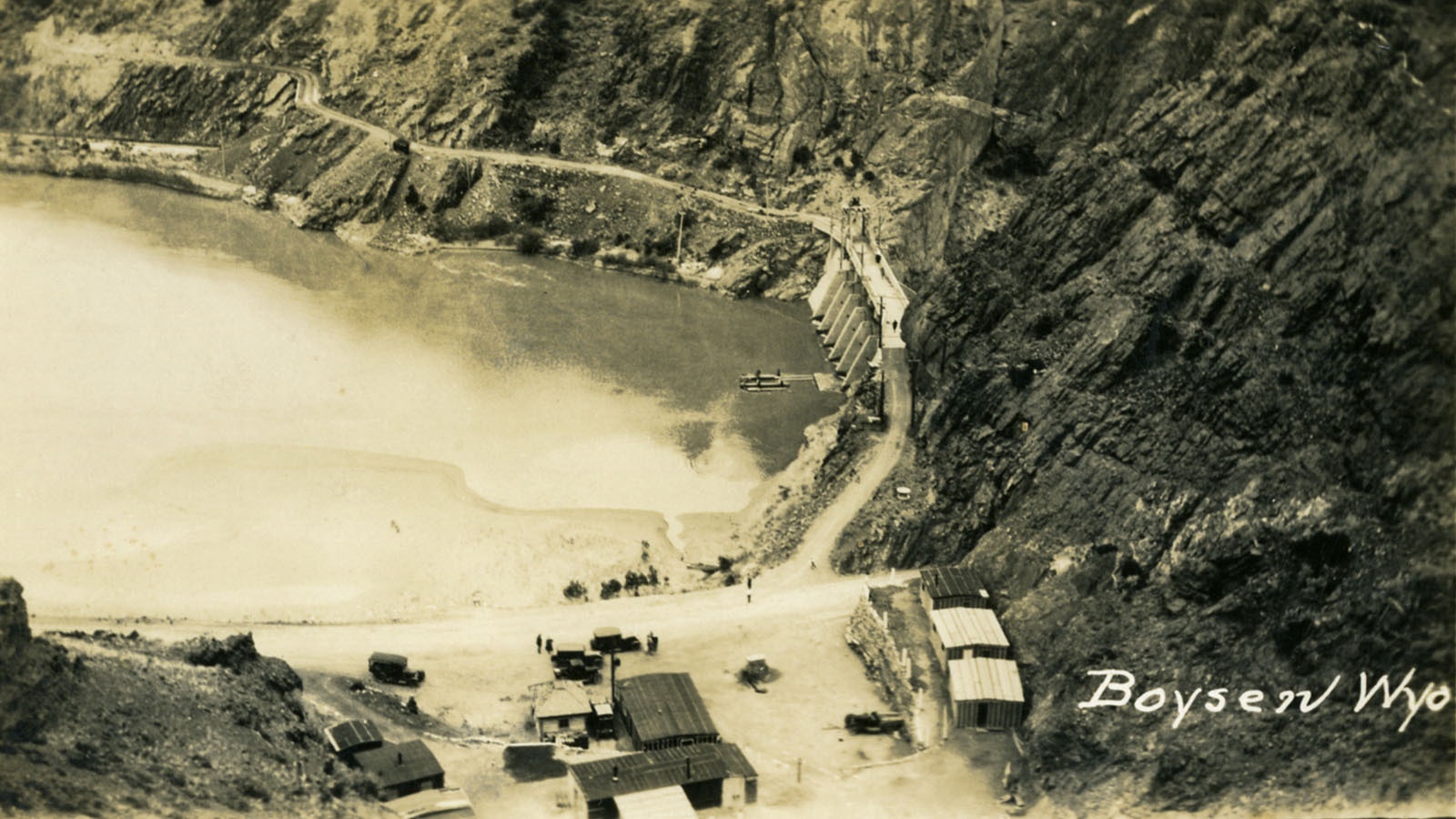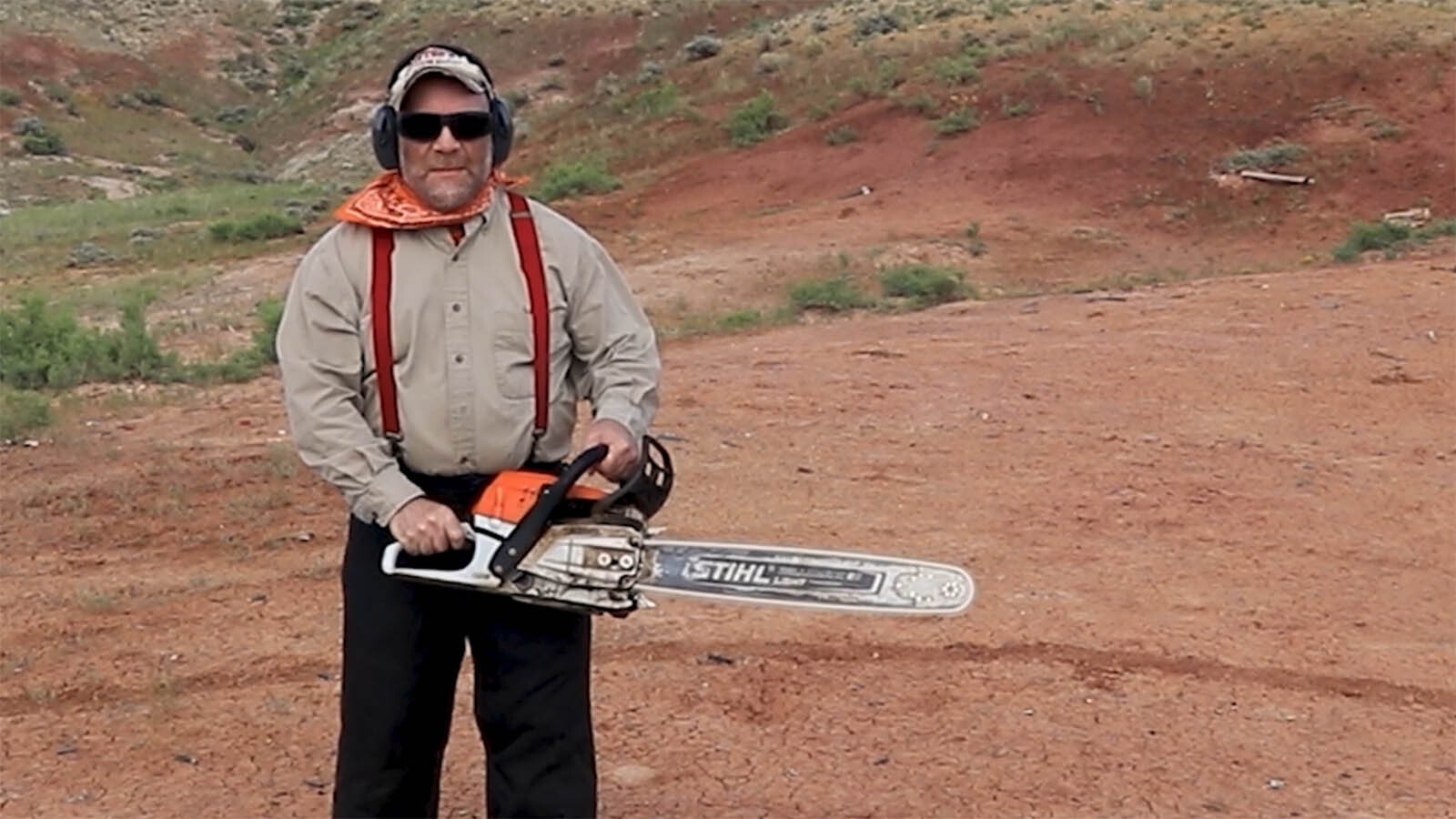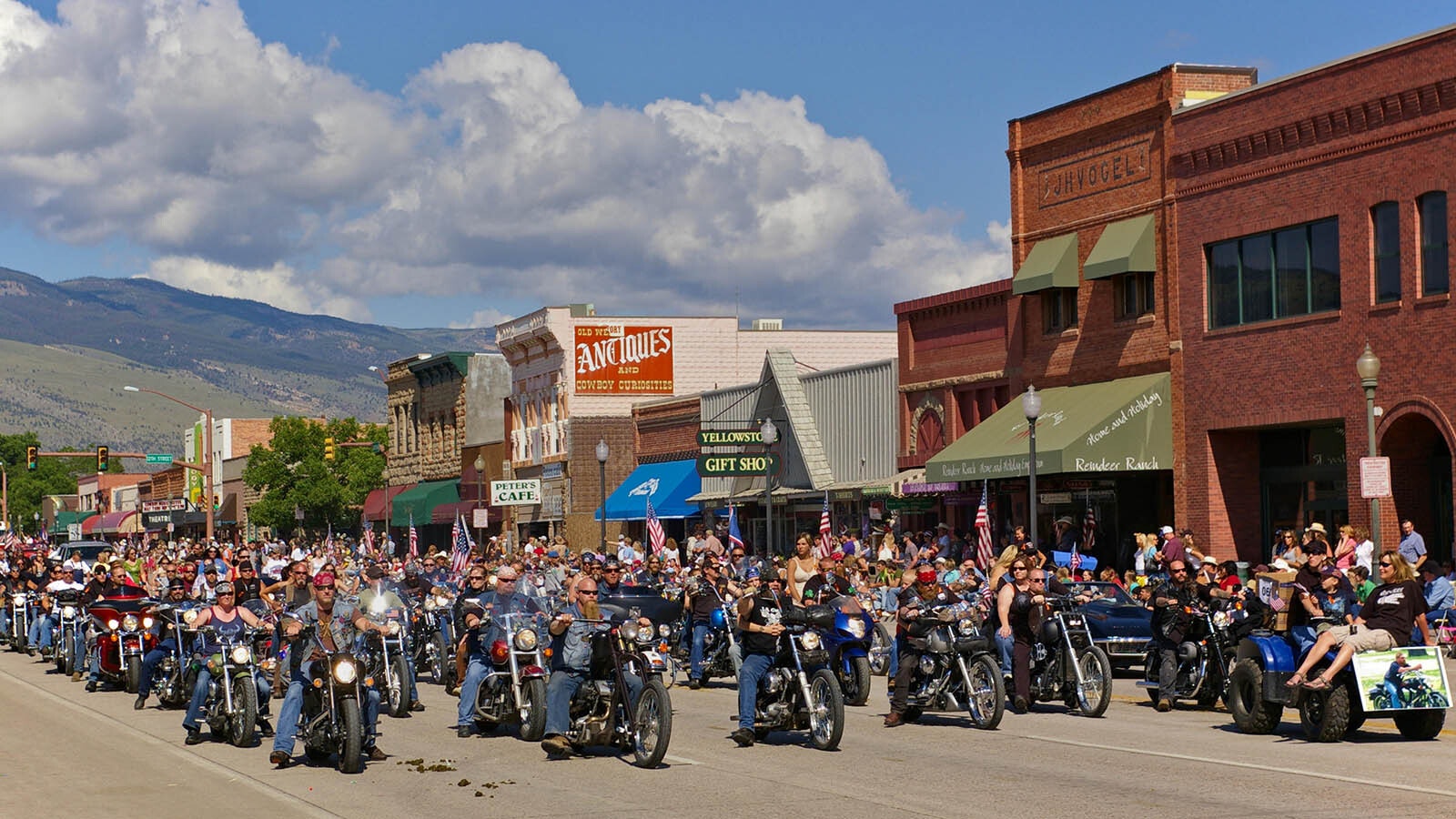Asmus Boysen was a dreamer.
Born in Skanderup, Denmark, around 1868, he made his way to America as a youngster and settled in Illinois. When he was 21, he married and moved to Iowa, where he became a millionaire investor in real estate and banking.
But Boysen had set his sights on the American West, and in 1901, he first laid eyes on the land that would become his legacy.
The Owl Creek Mountains held untapped treasures – copper, silver and gold had been discovered in the region, and it promised fortune for those who could extract the precious metals at low cost.
Achieving that low cost, though, meant electricity, which was not yet available to the region.
So Boysen decided to bring electricity to central Wyoming through the construction of a 50-foot dam on the Wind River at the mouth of the canyon near Shoshoni.

The Land
Boysen secured a grazing lease from the Arapahoe and Shoshone tribes on 78,000 acres of land on July 1, 1899.
In 1905, he traded the land for rights to 640 acres at the mouth of the Wind River Canyon, where Boysen laid out the groundwork for a dam that would generate electricity for his proposed mining operation.
Boysen believed the electricity generated by his hydroelectric plant would power not just his mining operation, but all mining in the area, as well as servicing nearby communities. And the water stored in the resulting reservoir could irrigate thousands of acres for agricultural production.
Then came the railroad.
The Railroad
The Chicago, Burlington & Quincy railroad was rapidly expanding in the early 1900s.
It had proposed building a rail line that would connect the Big Horn Basin to southern Wyoming via the Wind River Canyon. The project would involve cutting a series of tunnels through the mountains on the west side of the canyon, emerging right where Boysen wanted to build his dam.
Bowing to pressure from the railroad, State Engineer C.T. Johnson proposed a compromise – Boysen could build his dam, but had to limit its height to 35 feet, not the 50-foot structure he had already laid the footings for in 1907.


Costs Mounting
The construction of the original Boysen Dam was a major undertaking.
Heavy equipment, which was sent by rail from halfway across the country, had to be hauled 14 miles from the train station in Shoshoni via mule and oxen teams.
More than 1,000 men worked on the dam, living in tar paper shacks during the construction, which took place in winter when temperatures sometimes dipped to minus 55 degrees. Several men died while working on the project.
To make matters worse, construction costs had begun to pile up for Boysen, who had tied up all of his family’s finances in the dam project. What was originally projected to have cost $160,000 was quickly spent just in laying the foundation. The entire project would eventually cost nearly $3 million, wiping out the family’s money and sending them back to Chicago.
Success
Nearly four years after construction of the dam began, after countless hours, several deaths and millions of dollars, the hydroelectric power plant at the Boysen Dam became operational in 1908.
The reservoir created by the 180-foot-tall, 124-foot-wide concrete and steel dam backed up the Wind River nearly 14 miles, with a width of 2.5 miles at some points. The dam itself could generate 5,000 kilowatts of power.
On Nov. 7, 1911, exactly four years after construction began, the switch was thrown to transmit electricity over lines that ran 30 miles to the communities of Shoshoni and Riverton.
But Boysen, who was in Chicago on business, was not on hand to witness this measure of his success.
And thanks in part to the completion of Boysen’s monumental project, the CB&Q railroad was able to complete its tie-in line in record time, using electricity rather than relying on steam or gasoline. The railroad project, which began shortly after the dam came online in 1908, was completed in just three years.


Trouble Floods In
Boysen’s project, once complete, was not without its issues.
Heavy rains in 1912 and 1921 caused the reservoir to overflow, washing out bridges and destroying sections of the railroad. Although Boysen opened the floodgates to flush out silt that was backing up, that compromise resulted in less power generation to nearby communities, decreasing the profitability of the electric plant.
That forced Boysen to take on additional investors to bring the plant back up to full production.
But by taking the plant offline to undergo renovations, electric customers were forced to buy their power from the recently completed Pilot Butte electric plant. Another flood in 1923 sealed the fate of Boysen’s dam, filling the power plant with silt.
Boysen returned to Wyoming one final time in 1939, when he came to inspect a proposed site for another Wind River Canyon dam. But shortly after his return to Chicago, Boysen died and never saw that dream realized.
In 1948, nine years after Boysen’s death, his dam was demolished to make way for a new, more modern facility.
Boysen’s Legacy
Boysen’s legacy lives on in the name of the dam that fulfilled his original vision.
The new Boysen Dam, which began construction in 1947 and was completed in 1952, produces about 15,000 kilowatts of hydroelectric power annually, and the Boysen Reservoir irrigates 200 square miles of agricultural land in the surrounding area.
Boysen State Park hosts thousands of people a year who camp, fish and boat around the reservoir.
But none of that would have been possible if not for an immigrant from Denmark who came to Wyoming to seek his American dream.





